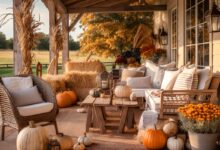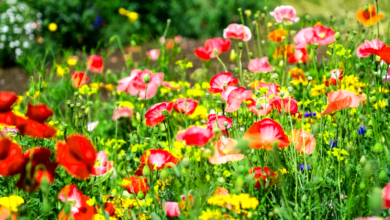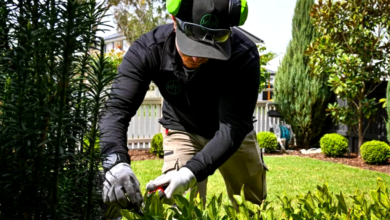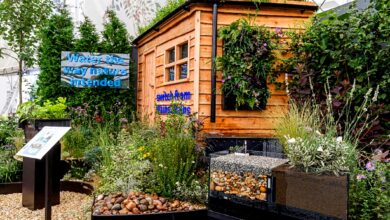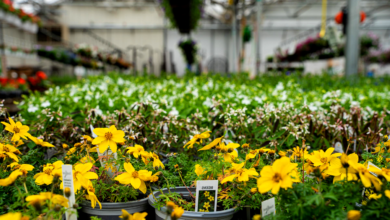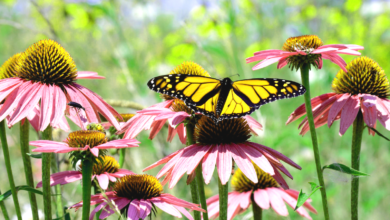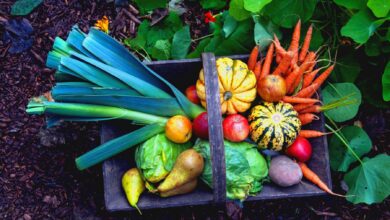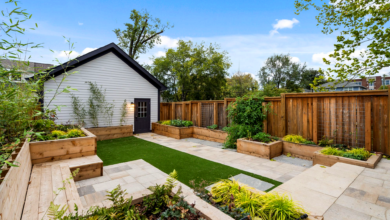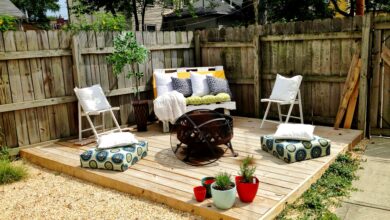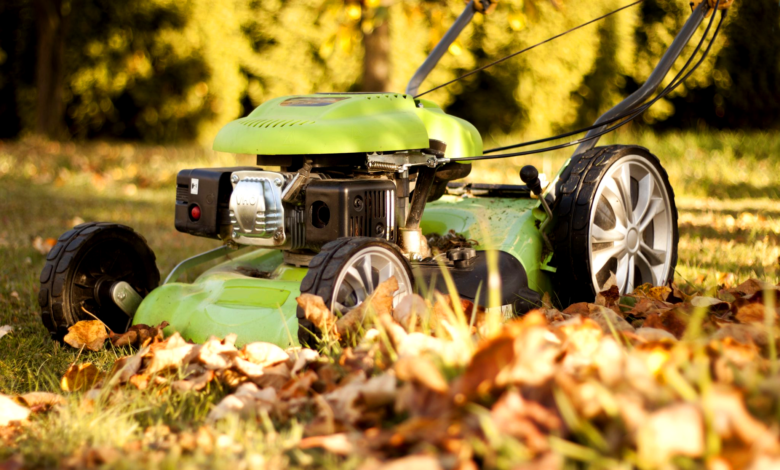
Maintaining a lush, green lawn and a thriving garden in Alabama can be a rewarding experience, but it requires knowledge, effort, and the right techniques. Alabama’s unique climate, with its hot summers, mild winters, and varying soil types, presents both opportunities and challenges for lawn and garden care. Whether you’re a seasoned gardener or a beginner, this guide will walk you through the best practices for lawn and gardening maintenance in Alabama, ensuring your outdoor space remains healthy and beautiful year-round.
1. Understanding Alabama’s Climate and Soil
Climate Considerations
Alabama’s climate is characterized by long, hot summers and mild, wet winters. The state falls within USDA Hardiness Zones 7a to 9a, which means that plants and grasses must be able to withstand both high temperatures and occasional frost. The humidity levels are also high, especially during the summer months, which can lead to fungal diseases and pest infestations if not managed properly.
Soil Types
Alabama’s soil varies significantly across the state, ranging from sandy soils in the coastal regions to clay-heavy soils in the northern areas. Understanding your soil type is crucial for effective lawn and garden maintenance. Sandy soils drain quickly but may lack essential nutrients, while clay soils retain water but can become compacted, making it difficult for roots to penetrate.
Tip: Conduct a soil test to determine your soil’s pH and nutrient levels. This will help you choose the right fertilizers and amendments to improve soil health.
2. Choosing the Right Grass for Your Lawn
Warm-Season Grasses
In Alabama, warm-season grass is the most suitable choice due to the state’s hot summers. Some of the best options include:
- Bermuda Grass: Known for its drought tolerance and ability to thrive in full sun, Bermuda grass is a popular choice for Alabama lawns. It spreads quickly and can withstand heavy foot traffic, making it ideal for families with children and pets.
- Zoysia Grass: Zoysia is another excellent option for Alabama lawns. It has a dense growth pattern, which helps it choke out weeds, and it performs well in both sun and partial shade. Zoysia is also drought-resistant and can recover quickly from damage.
- Centipede Grass: Often referred to as the “lazy man’s grass,” centipede grass is low-maintenance and thrives in acidic soils, which are common in Alabama. It requires less fertilization and mowing compared to other grasses, making it a great choice for those who want a beautiful lawn with minimal effort.
Cool-Season Grasses
While warm-season grasses dominate Alabama lawns, some homeowners opt for cool-season grasses like fescue for a year-round green lawn. However, these grasses require more water and maintenance during the summer months and may struggle in the heat.
Tip: Consider overseeding your warm-season lawn with ryegrass in the fall to maintain a green lawn during the winter months.
3. Proper Mowing Techniques
Mowing Height
Mowing your lawn at the correct height is essential for maintaining its health. Cutting the grass too short can stress the plants, making them more susceptible to disease and weed invasion. For Bermuda grass, maintain a mowing height of 1 to 1.5 inches, while Zoysia grass should be kept at 1.5 to 2 inches. Centipede grass should be mowed to a height of 1.5 to 2 inches.
Mowing Frequency
During the growing season, mow your lawn regularly to prevent it from becoming too tall. However, avoid cutting more than one-third of the grass blade at a time, as this can shock the plants and lead to brown patches.
Tip: Keep your mower blades sharp to ensure clean cuts. Dull blades can tear the grass, leaving it vulnerable to disease.
4. Watering Your Lawn and Garden
Watering Schedule
Proper watering is crucial for maintaining a healthy lawn and garden in Alabama. During the summer months, lawns typically need about 1 to 1.5 inches of water per week, either from rainfall or irrigation. Water deeply and frequently to encourage deep root growth, which helps the grass withstand drought conditions.
Watering Techniques
Early morning is the best time to water your lawn, as it allows the grass to dry before nightfall, reducing the risk of fungal diseases. Avoid watering in the evening, as prolonged moisture on the grass blades can promote disease development.
Tip: Use a rain gauge or a moisture meter to determine how much water your lawn is receiving. Adjust your irrigation schedule based on rainfall to avoid overwatering.
5. Fertilizing Your Lawn and Garden
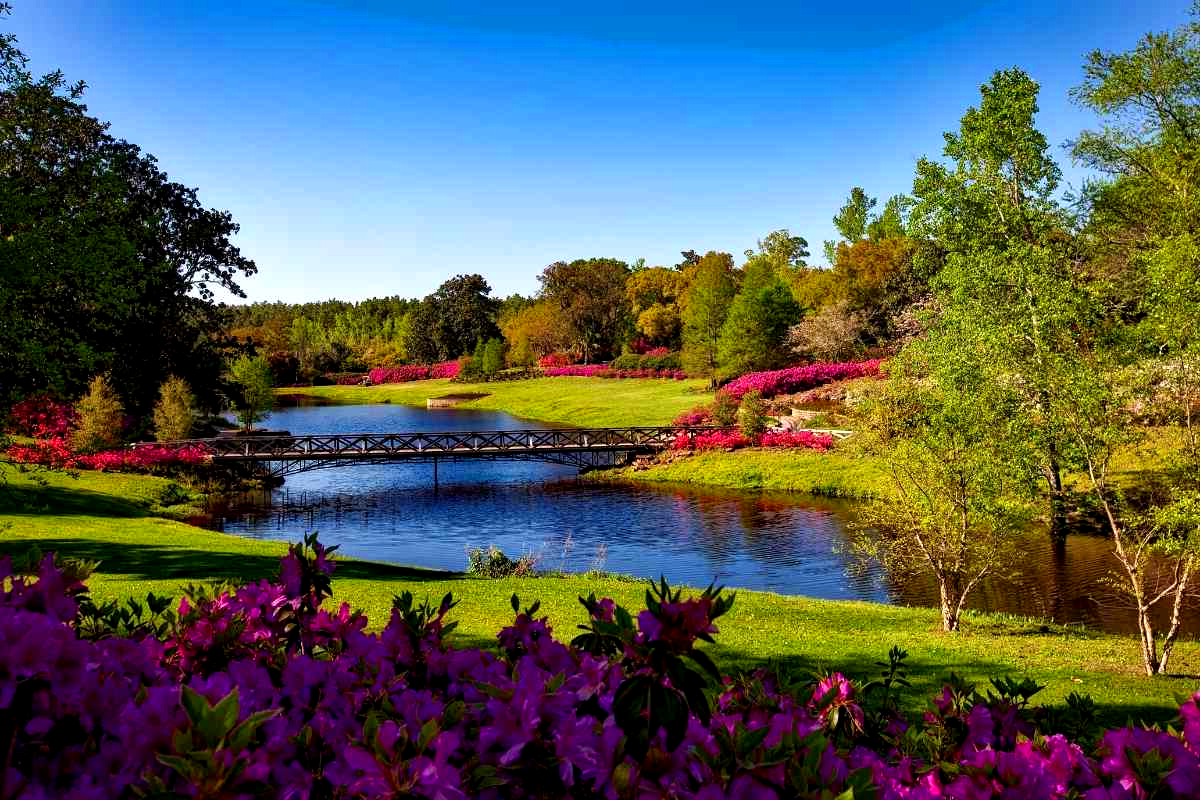
Fertilizer Types
Choosing the right fertilizer is essential for promoting healthy growth in your lawn and garden. Look for fertilizers with a balanced ratio of nitrogen (N), phosphorus (P), and potassium (K). For example, a 16-4-8 fertilizer is a good choice for most Alabama lawns.
Fertilization Schedule
Fertilize your lawn during the growing season, typically from late spring to early fall. Apply fertilizer every 6 to 8 weeks, following the manufacturer’s instructions for application rates. Avoid overfertilizing, as this can lead to excessive growth, thatch buildup, and nutrient runoff.
Tip: Consider using organic fertilizers or compost to improve soil health and provide a slow-release source of nutrients.
6. Weed Control
Pre-Emergent Herbicides
To prevent weeds from taking over your lawn, apply a pre-emergent herbicide in early spring before weed seeds germinate. This is particularly important for controlling common weeds like crabgrass and chickweed.
Post-Emergent Herbicides
If weeds do appear, use a post-emergent herbicide to target specific weeds without harming your grass. Be sure to follow the label instructions carefully to avoid damaging your lawn.
Tip: Hand-pulling weeds is an effective, chemical-free method for small infestations. Be sure to remove the entire root to prevent regrowth.
7. Pest and Disease Management
Common Pests
Alabama lawns and gardens are susceptible to a variety of pests, including chinch bugs, armyworms, and fire ants. Regularly inspect your lawn for signs of pest activity, such as brown patches or visible insects.
Disease Prevention
Fungal diseases like brown patch and dollar spot are common in Alabama due to the high humidity. To prevent these diseases, avoid overwatering, improve air circulation by thinning out dense vegetation, and remove any diseased plant material promptly.
Tip: Encourage beneficial insects like ladybugs and lacewings, which can help control pest populations naturally.
8. Seasonal Lawn and Garden Care
Spring
Spring is the time to prepare your lawn and garden for the growing season. Aerate your lawn to relieve soil compaction, apply a pre-emergent herbicide, and fertilize to promote healthy growth. Plant annuals and perennials, and prune any shrubs or trees that have overgrown during the winter.
Summer
During the summer, focus on proper watering and mowing to keep your lawn healthy. Monitor for pests and diseases, and apply treatments as needed. Mulch around plants to retain moisture and suppress weeds.
Fall
Fall is the ideal time to oversee your lawn with ryegrass, aerate, and apply a fall fertilizer to prepare your lawn for the winter months. Plant cool-season vegetables and flowers, and clean up any fallen leaves to prevent disease.
Winter
Winter is a time for maintenance and planning. Prune dormant trees and shrubs, clean and sharpen your gardening tools, and plan your spring garden. Protect sensitive plants from frost by covering them or bringing them indoors.
9. Hiring Professional Lawn Care Services
While many homeowners enjoy maintaining their lawns and gardens, others may prefer to hire professional lawn care services. Professional services can provide expertise, save time, and ensure that your lawn and garden receive the best care possible. Look for a reputable company with experience in Alabama’s unique climate and soil conditions.
Tip: Ask for recommendations from friends or neighbors and read online reviews to find a reliable lawn care provider.
Conclusion
Maintaining a beautiful lawn and garden in Alabama requires a combination of proper techniques, regular care, and an understanding of the local climate and soil conditions. By following the tips outlined in this guide, you can create a thriving outdoor space that enhances your home’s curb appeal and provides a relaxing environment for you and your family. Whether you choose to tackle lawn and garden maintenance on your own or hire a professional, the key is to stay consistent and proactive in your efforts. With the right approach, you can enjoy a lush, green lawn and a bountiful garden year after year.
